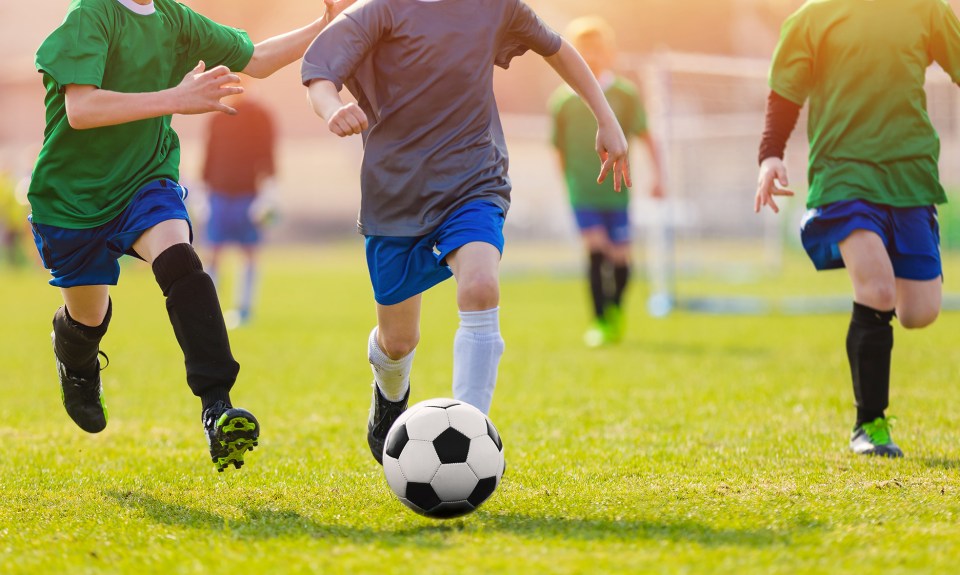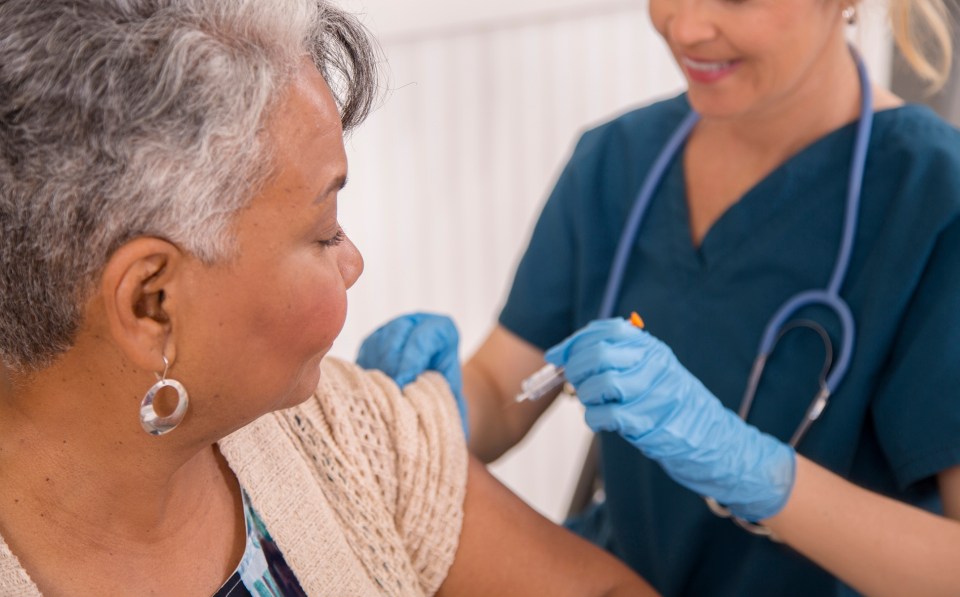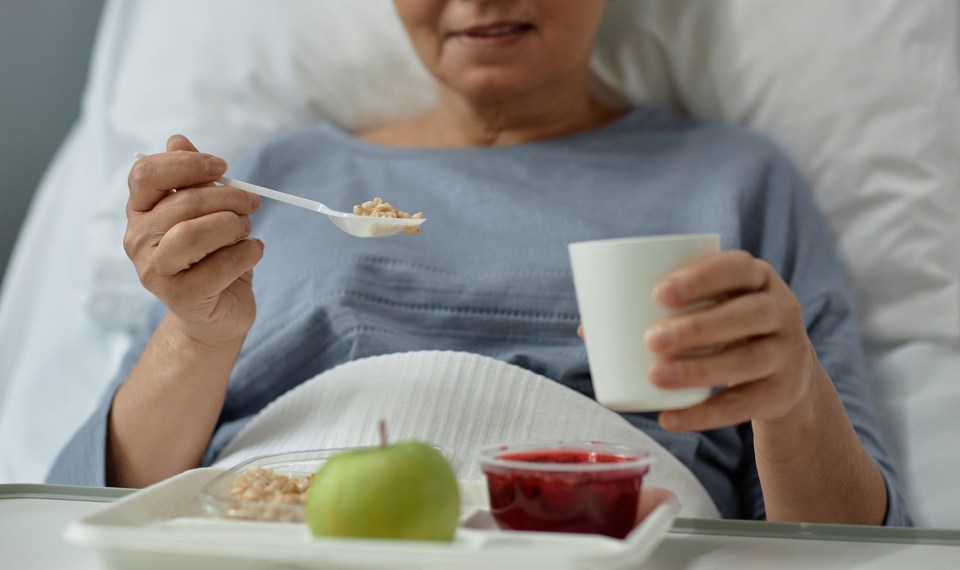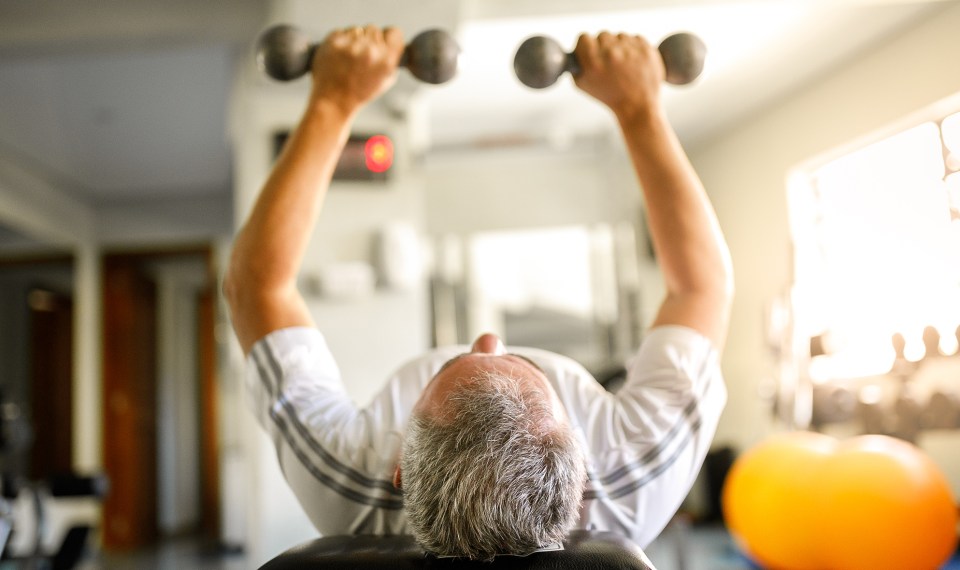This summer, tens of thousands of young men and women will flood athletic fields across the United States. Some will be as young as 6 years old, experiencing for the first time the indoctrination of summer practice, while others will be vying for starting positions at Division I universities. What they all have in common is the risk of heat stroke or other heat-related illnesses that range from simple cramps to heat stroke and even death. Although we have a better understanding of heat stroke, each year young athletes die unnecessary deaths due to preventable heat-related illnesses.
Heat-related illnesses are 10 times more frequent in high school football players than in any other sport. After a dormant spring, many players are not at their peak physical fitness. The national spotlight on childhood obesity is reinforced by one study that reported that 47.1% of high school football players are obese or overweight. When you add in the early preseason heat, humidity and lack of conditioning, it is not surprising that 83.6% of heat-related illnesses occur during practice sessions, as game situations provide more opportunities to rest between plays and drink fluids.
The National Athletic Trainers Association (NATA) publishes guidelines to prevent heat related illnesses, but only 42% of the 18,753 public and private high schools have a certified trainer. Start counting all the youth and middle school programs that have never seen a trainer and you can start to see the magnitude of the problem. The majority of our young athletes lack expert supervision and are at risk.
What Causes Heat Stroke?
It takes a delicate balancing act to keep our body temperature at a nice, comfortable 98.6°F. But the number we focus on for heat-related illness is your core body temperature—the temperature deep inside our bodies. In the center of your brain, a tiny area called the hypothalamus acts as the body’s thermostat, constantly sending signals to the spinal cord, blood vessels, skin and sweat glands to make the necessary adjustments to keep our bodies in a safe temperature zone. Under normal conditions, the brain does a terrific job of adjusting to hot climates, but with excessive heat and humidity, lack of fluids or excessive sweating it loses its ability to adequately regulate the body’s temperature.
Elevated body temperature or hyperthermia occurs when the body accumulates heat faster than it can get rid of it. Under normal conditions, sweating transfers the body heat through evaporation, but this becomes more difficult as the humidity increases. When you exercise, you generate heat at a rate 15 to 20 times greater than when you are relaxed, drink in hand, watching your favorite team on the television. Combine heat, humidity and exercise and your body temperature may start to soar.
Heat stroke occurs when the core body temperature exceeds 104° F. A person may rapidly progress from mild symptoms such as dizziness, cramps and headaches to more severe symptoms like confusion, nausea and vomiting. The key transition point from heat related illness to heat stroke is the presence of central nervous system problems such as confusion.
An Ounce of Prevention
Heat-related illnesses are totally preventable. We cannot change the fact that the preseason occurs during the hottest and most humid time of the year when participants are the least physically fit. We also cannot change that children are particularly at risk because they acclimate more slowly, have less of a thirst response and sweat less than adults. The American College of Sports Medicine has issued guidelines for training and sports activities in the heat. Exercise and training should include:
- 10 to 14 days of acclimatization at the beginning of the preseason with graded exercise is one of the most important preventive measures.
- Use a “buddy system” so athletes can monitor each other for signs of heat-related illness.
- Gradually increase equipment, building up to full uniforms. Practicing in light colored, loose fitting clothing with only helmets and shoulder pads does not significantly increase heat gain.
- Identify unfit players and condition them more slowly.
- Fluid intake of 8 to 10 ounces every 10 to 20 minutes, even if they are not thirsty, because once a person is behind in fluids it is impossible to catch up with oral intake alone.
- Do not exercise with a fever, viral illness, respiratory infection, diarrhea or vomiting.
Tips for Parents
Athletes and sports participants do not accurately perceive that their temperature is rising and they are at risk for heat stroke. Combine this with the athlete’s motivation to perform and the coaches’ desire to get the most out of their players, and we have a potentially dangerous situation. We all feel that we should know basic CPR in case a loved one or friend needs it. Parents should also attend their children’s practices to see if they are getting adequate physical and water breaks. They should ask the coach or trainer how they handle heat stroke and what equipment they have available to treat it. Knowing how to prevent heat stroke may save the life of someone you love—your child.
The content of this site is for informational purposes only and should not be taken as professional medical advice. Always seek the advice of your physician or other qualified healthcare provider with any questions you may have regarding any medical conditions or treatments.




